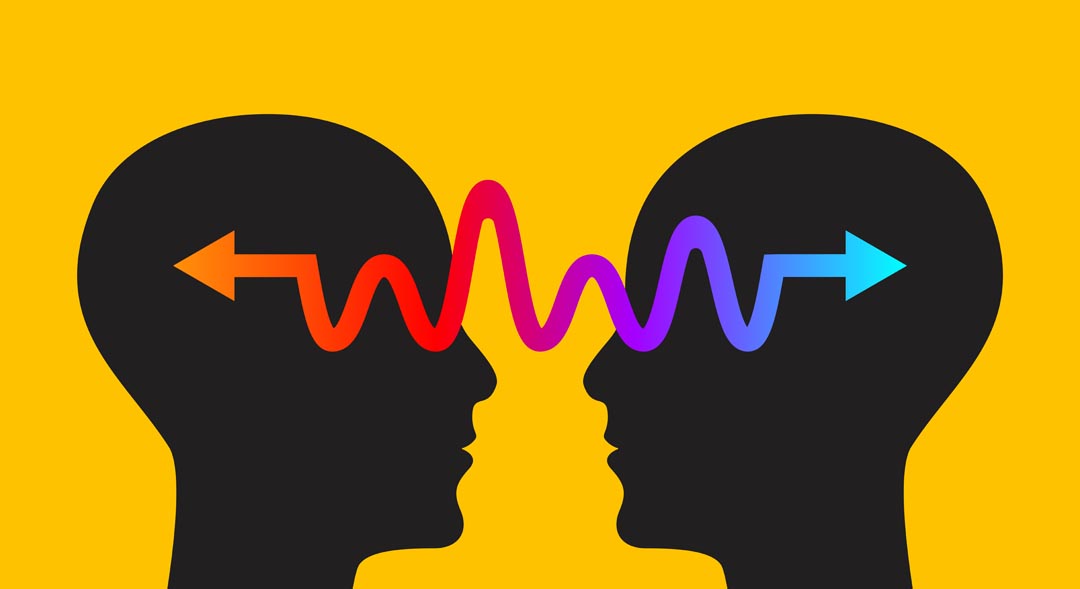Ed Thompson delves into neurodiversity, showing its power to enhance teamwork and foster inclusivity in the workplace
Neurodiversity, contrary to common misconceptions, doesn’t only refer to autism, dyslexia and other forms of neurodivergence. In fact, it just means that humans all think differently – there is no one “normal” brain. It is within that human spectrum that all of us somewhere lie.
Every organisation is already neurodiverse: 20% of the population may be neurodivergent in some way
However, most teams and leaders are typically not considering neurodiversity in their daily work. Education has typically not covered the topic, and most workplace collaboration tools and learning materials don’t consider neurodiversity either.
The rise of neurodiversity initiatives
The first corporate focus on neurodiversity at work came when leading brands in the mid-2010s launched “autism hiring programmes” – a continuation or build on broader disability hiring programmes.
What captured the imagination – and press coverage – was that companies including Microsoft, SAP and JPMorgan were announcing to the world that they specifically valued and wanted neurodivergent talent, and that the roles available were glamorous, high-paying ones.
As other companies followed their lead, the focus continued to be on hiring neurodivergent talent: how, went the logic, do we do a better job of hiring folks that we’ve done a poor job of hiring in the past through our conventional hiring processes? Stories of previously unemployed neurodivergent workers finally thriving thanks to inclusive hiring processes captured the imagination.
But – back to where we started – by definition, every team and every organisation is already neurodiverse, and often already has neurodivergent representation: perhaps 20% of the population as a whole may be neurodivergent in some way.
Challenges and barriers
Many, though, choose not to share this at work for fear of negative repercussions, as revealed in the CIPD Neuroinclusion at Work report.
As neurodivergent professionals at organisations began to find a voice, their message became clear – we are already here, and we want you to do more to make our workplaces inclusive.
This helped fuel a new focus on “neuroinclusion”: making sure physical and social environments, processes and policies are inclusive of people with different sensory experiences and social communication and information processing preferences.
Educating the workforce
Given the knowledge gap, corporate training and education plays a key role here. In a recent survey with global HR thought-leaders CIPD, we at Uptimize found that a third of neurotypical employees do not know what neurodiversity means.
As a result, colleagues, managers and other key roles need both a baseline understanding of neurodiversity and its relevance to them, as well as tactical steps to ensure all thinking styles can work to their best.
The power of feeling seen and valued
No surprise that such efforts often quickly transform the experiences of neurodivergent employees, who may or may not have been “masking” (or pretending to be “neurotypical”) and who may well have never found themselves in a supportive or even curious organisation before.
“Myself and I’m sure others are feeling quite seen with this presentation” said one Uptimize learner, while others have shared comments such as “having this forum and this level of attention takes my breath away” and “this reassured me that I should not have to mask my own neurodivergence”.
Neuroinclusion, like this, is long overdue. And, not surprisingly, given the stress of operating in non-inclusive cultures and environments – often with the exhaustion of masking on top – it can have an immediate impact on individual retention and productivity.
But beyond inclusion, it is clear that embracing neurodiversity transforms collaboration – for everybody. Indeed, given the universality of neurodiversity (no two brains are alike) it should be no surprise that, from the very first organisational neurodiversity initiatives, benefits have been seen and experienced by everyone.
The broader benefits
Rob Austin, a professor at Canada’s Ivey Business School who has studied such programmes, has noted “the breadth and magnitude of what we call spillover benefits…” as new practices, and growing awareness of differences of communication and other preferences have allowed teams as a whole to ensure everybody could find their niche and contribute optimally.
Many organisations have reported, too, how learning more about neurodiversity has benefited their managers, something confirmed by managers themselves: “I was sceptical about this,” admitted one leader. “But it was a real eye-opener for me. It’s the best thing I’ve seen in leadership in 20 years.”
Today’s often hybrid teams and complex, matrix hierarchies put a premium on optimising collaboration. Employees that recognise that all such interactions are shaped by the one tool we all bring to work every day – our own, unique brain – can quickly and seamlessly make small changes to allow colleagues or other stakeholders to engage, communicate and problem-solve in ways that may be different from their own.
This route, rather than outdated ideas that people in particular roles must present and act a certain way, is surely the future of building truly effective teams.
Ed Thompson is founder and CEO at Uptimize



